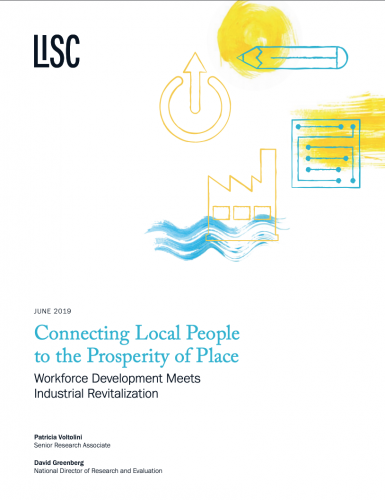Manufacturing remains a vital part of the American economy, employing 12.75 million workers and generating broader spillover effects throughout the economy. At the same time, the nature of manufacturing is shifting with the introduction of advanced technologies and the growth of the maker movement.
The viability of this evolving manufacturing sector depends on the availability of industrial sites and conditions that allow manufacturers to operate efficiently and profitably. It also depends on the availability of adequate labor. In recent years a growing number of manufacturing jobs throughout the country have gone unfilled, representing a lost opportunity for businesses that can’t take advantage of economic growth and for longtime city residents who might access these growing manufacturing jobs.
Multiple local, state, and federal agencies have led the way in recognizing the opportunity that manufacturing jobs can provide, and a number of city-specific initiatives to promote industrial districts have taken hold in recent years. Despite local efforts to promote manufacturing and industrial districts, there have been few policy explorations of how to integrate district revitalization with local workforce development efforts. How can these investments in industrial districts be linked to programs designed to train low-income residents of surrounding communities, so as to ensure they have access to local jobs?
In order to address this question, the LISC Research and Evaluation team conducted a series of interviews with industrial district and economic development practitioners, workforce development professionals, advocacy organizations, and city officials throughout the country. This research brief reviews emerging strategies to connect industrial district revitalization to local workforce efforts, before turning to more extensive case studies of work in three districts in New York City and Michigan. The brief concludes with a discussion of policy and practice implications.
Table of Contents
Executive Summary
Introduction
Why Apply a Place-based Lens to Connecting Workforce and Industry?
Emerging Strategies
Case Studies
Practice and Policy Implications
End Notes
SOURCE: lisc.org





